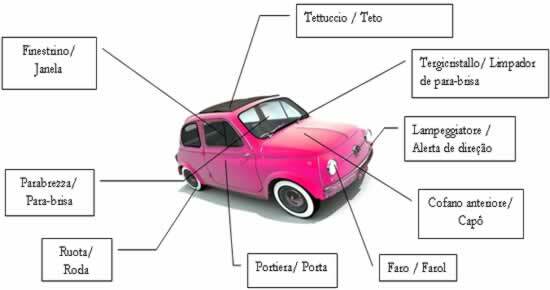THE electrical resistance it is defined as the ability of a body to resist the passage of electrical current. The SI resistance measurement unit is the Ohm (Ω), named after the German physicist George Simon Ohm, and represents the volt/Ampere ratio.
When a conductor is subjected to a potential difference, it is passed through by an electric current, which is constituted by the movement of free electrons inside the conductor. When these free electrons come into motion, they start colliding with each other and with the atoms in the conductor. The greater the number of collisions, the greater the difficulty encountered by the electric current in “crossing” the conductor. This difficulty in moving loads is what characterizes electrical resistance.
Electrical resistance varies depending on the length, width and nature of the conductor's material, as well as the temperature to which it is subjected. All of these factors are related by an equation known as Ohm's Second Law:
R = ρthere
THE
Being that:
R – is the electrical resistance of the material;
ρ – is the resistivity and has different values for each type of material;
l – is the length of the conductor;
A – is the cross-sectional area of the conductor.
According to the equation, we see that the resistance is directly proportional to the length l of the conductor, that is, the longer the length, the greater the resistance. It is also inversely proportional to the area of the conductor, as the larger the area, the easier the passage of electrons and, consequently, the lower the resistance of the material.
First Ohm's Law
Electrical resistance can also vary as the voltage and current of a conductor vary. This is because, the greater the intensity of the electric current (i), the less difficulty that charge carriers face to move, that is, the lesser the resistance. The potential difference V between the ends of a conductor is proportional to the current passing through it. Resistance is the constant of proportionality between them and can be defined from the First Ohm's Law as:
R = V
i
This Law is only valid for materials that have constant electrical resistance, known as ohmic resistors.
Joule Effect
Several appliances in our house have their operation based on the use of electrical resistance through small devices called resistors, whose function is to transform electrical energy into energy thermal. Some household appliances that use resistors are a shower, an iron, a hair dryer, an electric oven, an electric grill, among others.
We have already seen that electrical resistance is related to the collision between atoms and electrons moving inside conductors. This shock causes an increase in the temperature of the conductor, characterizing a phenomenon called the Joule Effect, which serves as the basis for the operation of the resistors.
By Mariane Mendes
Graduated in Physics
Source: Brazil School - https://brasilescola.uol.com.br/o-que-e/fisica/o-que-e-resistencia-eletrica.htm


